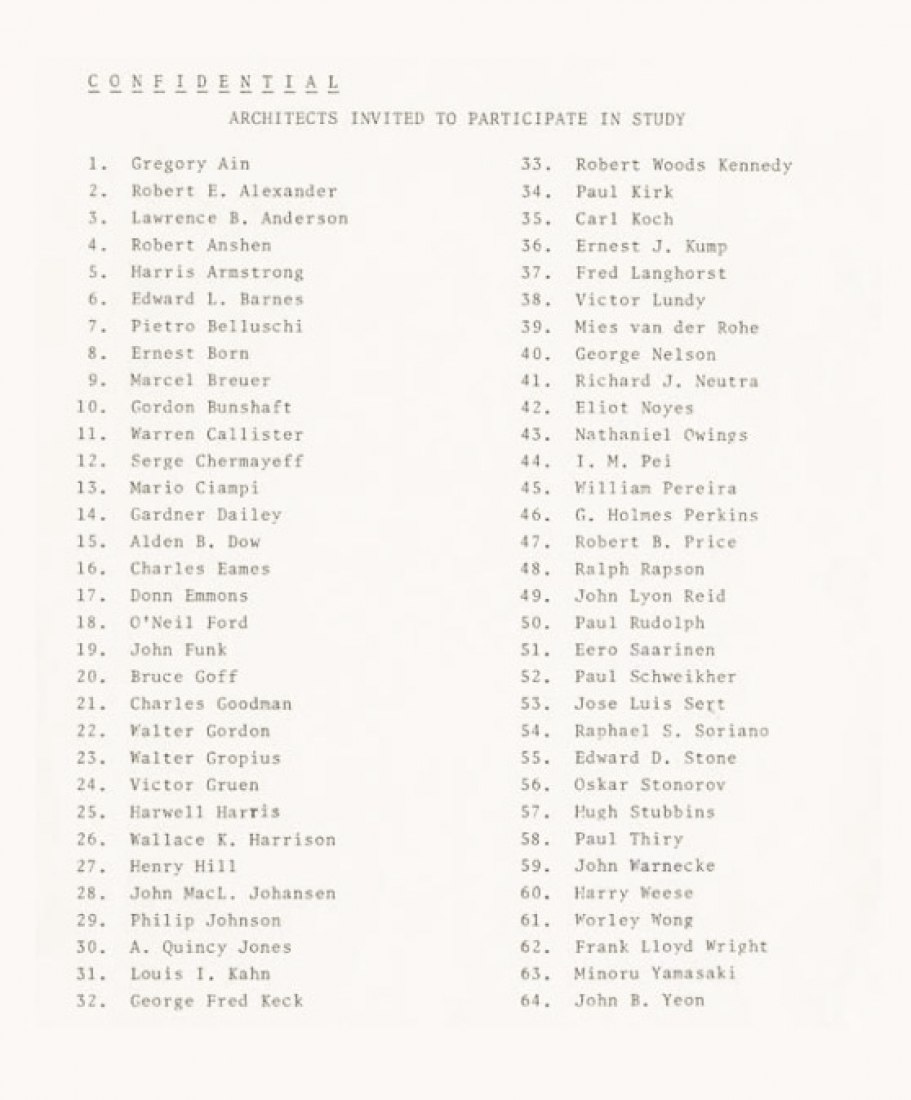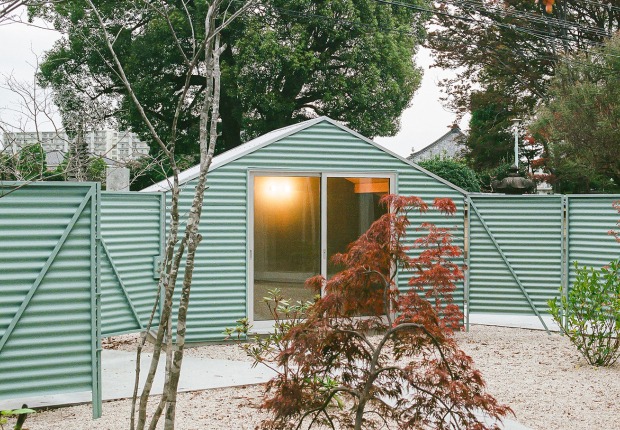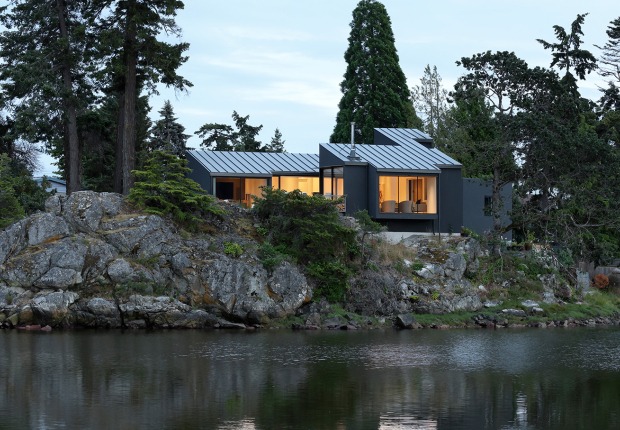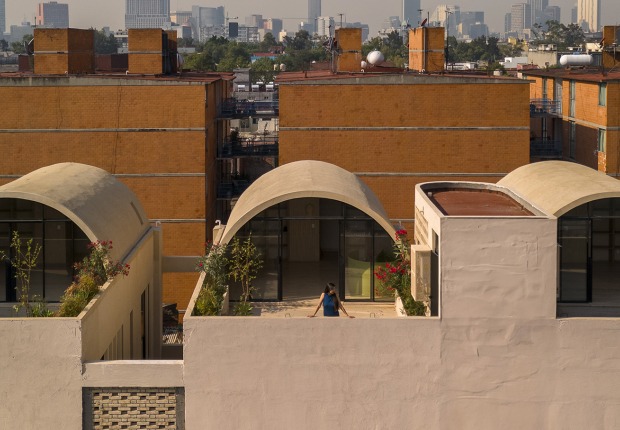The architects were also encouraged to rate each other, and in the process exposed not only exposed their egos honestly, but also their insecurities. Bottom line? Richard Neutra "has intellect" or is one of the “most creative” among the architect subjects, but also placed Johnson in the top five, while Mies Van Der Rohe was considered to be "a great sculptor" although "human comfort is disregarded."
IPAR observed these architects, gave them tests and asked them all kinds of questions, including some relatively ridiculous ones:
“For the next 45 minutes we would like you to discuss this notion: if man had developed a third arm, where might this arm be best attached?”
The high conceptions the architects had of themselves matched the findings from a lot of the other studies IPAR had done over the years. The researchers began to notice certain patterns across creatives of all professions and genders, including a tendency to nonconformity and high personal aspirations. They also found many creatives shared a preference for complexity and ambiguity over simplicity and order. Creatives could make unexpected connections and see patterns in daily life, even those lacking high intelligence or good grades.
The study scrutinized these and dozens of other famous architects in an effort to map their minds. However the study languished in obscurity until this year when Pierluigi Serraino published The Creative Architect. On reading the book, Steven Holl commented: “We now know that childlike wonder, an absence of fear, and strong intuition are key aspects of creativity. The Creative Architect is a thought-provoking and inspiring documentation, richly illustrated with mosaic constructions and drawings made by some of the twentieth-century’s most important architects.”
Researchers saw architects as people working at a crossroads of creative disciplines, a combination of analytic and artistic creativity. As professionals, architects had to be savvy as engineers and businessmen; as aesthetes, they also acted as designers and artists.
IPAR observed these architects, gave them tests and asked them all kinds of questions, including some relatively ridiculous ones:
“For the next 45 minutes we would like you to discuss this notion: if man had developed a third arm, where might this arm be best attached?”
The high conceptions the architects had of themselves matched the findings from a lot of the other studies IPAR had done over the years. The researchers began to notice certain patterns across creatives of all professions and genders, including a tendency to nonconformity and high personal aspirations. They also found many creatives shared a preference for complexity and ambiguity over simplicity and order. Creatives could make unexpected connections and see patterns in daily life, even those lacking high intelligence or good grades.
The study scrutinized these and dozens of other famous architects in an effort to map their minds. However the study languished in obscurity until this year when Pierluigi Serraino published The Creative Architect. On reading the book, Steven Holl commented: “We now know that childlike wonder, an absence of fear, and strong intuition are key aspects of creativity. The Creative Architect is a thought-provoking and inspiring documentation, richly illustrated with mosaic constructions and drawings made by some of the twentieth-century’s most important architects.”


































